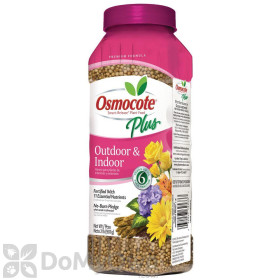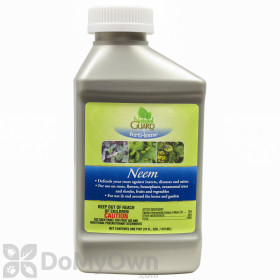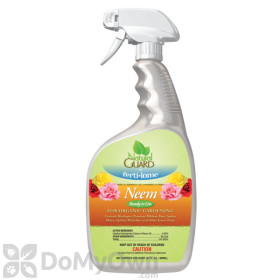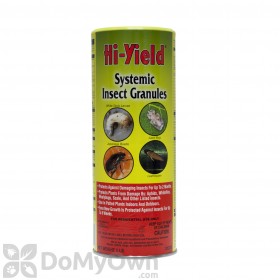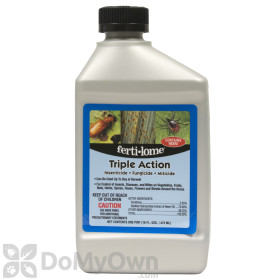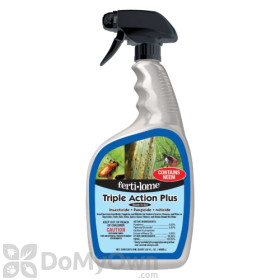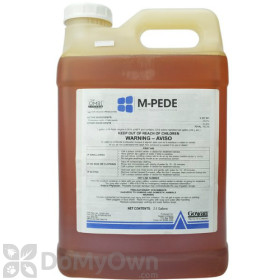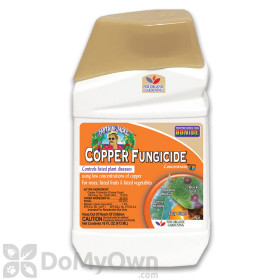Learn What Houseplants Need
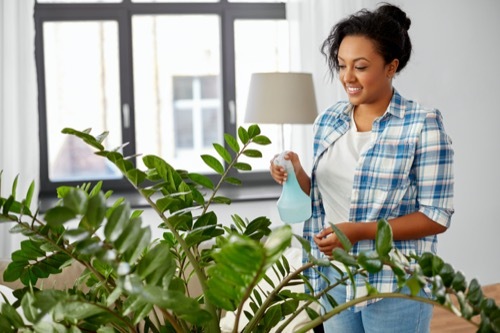
All plants need some light, some water, proper nutrients, and the right place to grow. Finding the right balance of these elements can make all the difference for your house plants. Consider the seasons and how they affect your plants and keep an eye out for pests and diseases. They will appreciate the attention!
How Often Should You Water Potted Plants?

How and when you water indoor plants will depend on the type of plant, time of year, light source, and a variety of other factors. Instead of following a schedule, you should water your houseplants when they need it. Monitor your plant to know when it is time to water. Weekly watering will be appropriate for most houseplants, although some prefer to dry out for up to three weeks. Reduced sunlight hours may mean that plants need to be watered less in cooler weather and conversely, more water may be needed in the summer.
Make sure to soak the soil thoroughly, but be careful not to overwater. You don't want the roots of the plant to sit in water as this could cause root rot and kill the plant. To help prevent overwatering and root rot, use a planter with a drainage hole.
It's also best to make sure that there's enough moisture in the air in your home. A small humidifier may make just the difference you're looking for to keep your plants happy and healthy. Plants are most comfortable at around 50% humidity, but most homes are less humid in cold weather. Learning a few tricks to boost your home humidity levels can be helpful in your efforts to protect your favorite house plants during changing seasons.
Pro Tip
Place a shallow pan of water near your plants to add humidity to the area. You may want to pile small stones in the pan to give your potted plant a place to rest without sitting in the water, which could encourage root rot.
In addition to keeping an eye on the daytime and nighttime temperatures and humidity levels in your home, it's important to protect your plants from any extreme temperature changes they may experience from a door, a vent, or a leaky window frame. Too much heat can also injure a plant, so don't leave them next to your fireplace, radiator, or heating duct; fluctuating temperatures can be as harmful as incorrect ones.
Choose the Best Lighting for Your Indoor Plant
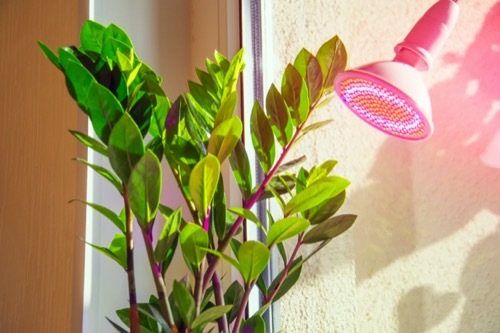
Again, deciding where your plant should live indoors depends on multiple factors starting with the type of plant and how much light your home provides. Window light will differ vastly depending on the direction it faces. Some indoor plants prefer bright light while others need sunlight to be indirect. Even plants that tolerate low light will grow more vigorously in medium sunlight.
Match plants with their preferred light conditions and remember these tips to optimize light absorption:
- You can move your plants closer to the light sources they do get
- Keep an eye on plant leaves to allow for even light access
- You may need to rotate your houseplants in their spots to allow equal access to the available sunlight each day
- Give your plants a light dusting; clean leaves will absorb light more easily
Fertilize Houseplants to Increase Growth and Make Plant Leaves Greener
Think about the containers where your indoor house plants live. They may have the nutrients they need when they sprout, but the potting soil in that container can become drained of the things plants need to thrive. For this reason, you should consider adding fertilizer to your house plant care routine.
There are three popular types of fertilizer for increasing plant growth in your potted plants at home:
- Liquid Fertilizers - Mixing these products with water used for daily or weekly care provides a conveniently added benefit to a step you're already taking. This also allows you the most precise control over the amount of fertilizer a plant receives.
- Time-Release Fertilizers - These small capsules or sticks that release nutrients into the soil over an extended period of time are a great way to give houseplants a boost without daily care.
- Granular Fertilizers - These must be mixed with potting soil for effective results and may be tricky to use for containerized plants, but they are an affordable option for plants in larger containers.
As always, it's important to read the label on any fertilizer you're considering for use. Too much fertilizer can be more damaging to plants than not enough. Give our experts a call if you have any questions about the right way to fertilize your houseplants.
Keep An Eye Out For Indoor Plant Pests
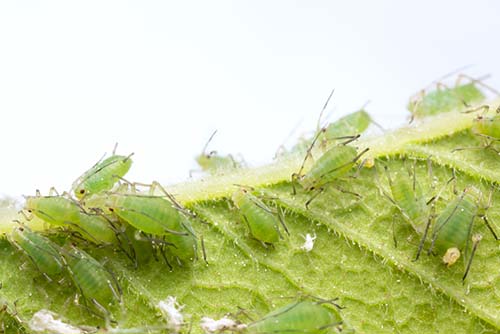
Unwanted insect pests in your home are always annoying, but they can also harm your houseplants! Here are some details on where to look for a few of the most common houseplant pests and some tips on how to get rid of them like a pro.
Pro Tip
Inspect any new plant you bring into your home for webbing or any other sign of insects.
Aphids are a small sucking insect that can cause damage to houseplants if left untreated. Start your aphid treatment with a spray of water and a wipe with a damp cloth to remove insects that may already be present on the plant. Be sure to spray and wipe the undersides of leaves, as they like to hide there. For ongoing aphid control, and foliar spray (one applied to the leaves) of an insecticide labeled for aphid prevention is recommended. Talstar P Professional Insecticide is a popular and effective product for fighting these pests.
Fungus gnats are small, long-legged insects with transparent wings that will most often be found feeding on organic matter in the soil around your houseplants. They are short-lived, but can cause plant damage and lay up to 300 eggs in that one-week lifespan, so they should not be ignored if spotted. Fungus gnats can be discouraged by allowing the houseplants' potting soil to dry out completely on the surface, making an unattractive environment for these pests. Once the top layer of soil is dry, follow our recommended fungus gnat treatment to eliminate these pests from your plants.
Scale insects are unfortunately common on some houseplants, and can be tricky to spot. Keep an eye on your houseplants for these tiny pests. Check likely places for them to hide out, such as the underside of leaves or along stems or branches. Small numbers of scale pests can be killed with rubbing alcohol and removed by hand, but an ongoing insecticide treatment may be needed for long-term protection. Our Scale Insect Treatment Guide has more tips for how to get rid of scale insects.
Spider mites are sometimes the most challenging to get rid of if houseplants are infested. They're so small--even smaller than scale--that you may not realize you have a problem until you spot spiderwebs among the leaves of your plant. Branches or leaves that are infested with spider mites should be pruned away and disposed of outdoors immediately. Healthy remaining leaves can be washed with insecticidal soap, and the top inch of potting soil in the container should be removed and replaced with fresh soil.
A twice-weekly spray of neem oil or horticultural oil to smother remaining insects can be an effective ongoing measure. Neem oil also offers additional hormonal control of some insects.
House Plant Diseases to Watch For
Plant diseases can make their way inside when new plants are brought into the home or with contaminated potting soil. There are effective treatments for these unsightly plant problems. Watch for the common diseases listed below to keep your indoor plants safe in the future.
- Powdery Mildew - This white, powdery covering found on leaves is highly contagious to other plants and can eventually kill your house plants if not treated carefully. Powdery mildew is caused by low light and poor air circulation. It can thrive in dry soil. Isolate any affected plants immediately, and increase the space and air flow around your house plants to help eliminate the fungus. Avoid spreading the powdery mold when you water your plants, and use a fungicide labeled for indoor use if the disease remains.
- Leaf Spot - These unsightly bacterial spots can be spread by splashing water between crowded plants. The condition can be treated by removing the affected leaves and spraying the plant with a copper fungicide product.
- Root Rot - This fungal condition will often result in drooping or wilting leaves and stems and you may see a ring of brown or black around the stem at soil level. This fungus can also be spread by splashing water, the wind, or in infested potting soil. To treat Root Rot, transfer the plant to a clean container with sterilized soil. Cut away any infected roots during this transfer, and monitor the plant for improvement in the new container.







